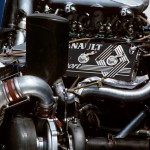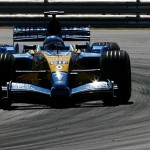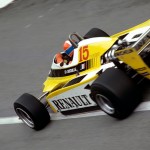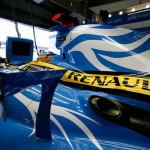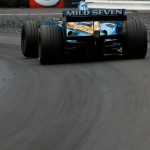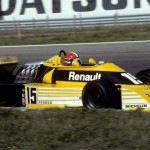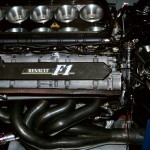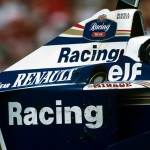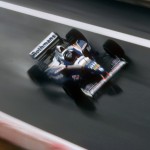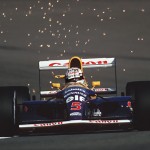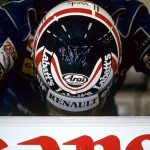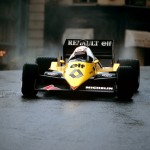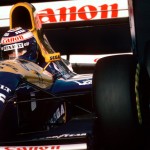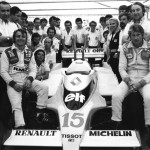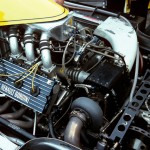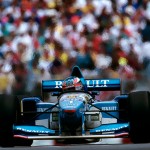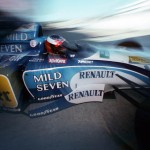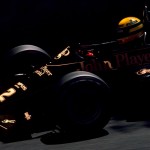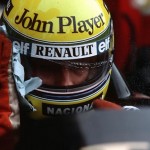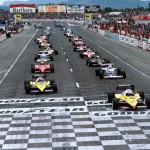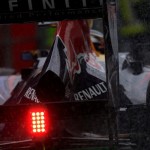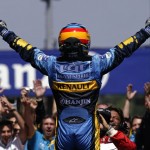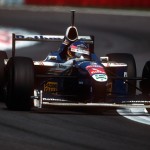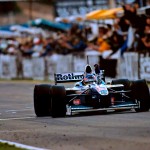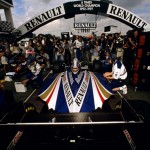Renault: Powering Formula 1 Champions

During pre-season testing for the 2012 Formula 1 season, teams spent four days at former Spanish GP venue Jerez – all eyes on the latest creations from the 12 competing squads.
As well as offering drivers, designers and engineers a chance to evaluate new chassis and their response to set-up changes – and the latest compounds from tyre supplier Pirelli – winter running provides an opportunity to bed-in new engines while monitoring their compatibility with the chassis and gearbox.
Numerically dominant among 2012 powerplant providers was Renault, the French manufacturer supplying eight cars: the Red Bull RB8s, Caterham CT01s, Lotus E20s and Williams FW34s.
Since 1977 Renault has retained a constant presence in F1, both as a manufacturer and engine supplier. Its first car, the RS01, pioneered turbocharging in F1 – with forced-induction power becoming de rigueur soon after.
The first of 35 world-championship wins as an outright manufacturer – and 142 as an engine builder/supplier to date – came on home soil at Dijon in 1979, courtesy of loyal Renault servant Jean-Pierre Jabouille.
Over the next six years, the yellow-black-and-white machines won a further 14 races before quitting to concentrate on an engine tie-up with Lotus and the great Ayrton Senna. The awesome Lotus/Renault/Senna trio won four races in 1985-86 before the British team acquired engines from Japanese firm Honda for 1987.
For Renault, the split from Lotus allowed it to pursue what would become a much more successful collaboration, with British superteam Williams. Between 1989 and 1999, Williams-Renault machines racked up countless grand prix wins and dominated the championship race in 1992 and ’93 with Nigel Mansell and Alain Prost, before securing a hat-trick of titles, thanks to Michael Schumacher and the Benetton team in 1995 and Williams duo Damon Hill and Jacques Villeneuve in ’96-’97 respectively.
Renault withdrew its factory support for 1998, although the company’s engines would continue in F1, albeit with independent badging from Mecachrome (Williams) and Playlife (Benetton).
There would be no more wins or titles for Renault-powered cars until the company returned to the sport. And with a bang. An outright takeover of the Benetton team at the end of 2001 meant there would be ‘proper’ Renaults on the grid for 2002.
And in the summer of 2003, it added to its victory tally when Fernando Alonso became the then-youngest winner of a race – thanks to his win in Hungary. The Spaniard went on to become the firm’s most successful driver, with numerous wins and back-to-back title glory in 2005-’06.
For 2007, Renault joined forces with Red Bull Racing, the team created from the remnants of the Jagaur squad by energy-drink magnate Dietrich Mateschitz. Just two years after the seeds of the Red Bull-Renault relationship were sown, they bore fruit, when young German star Sebastian Vettel won the 2009 Chinese GP in Shanghai.
Red Bull-Renaults then became the benchmark cars in grand prix racing, setting up Sebastian Vettel for a four-year consecutive drivers’ championship run, smashing many of Formula 1’s records, and locking down constructors’ titles along the way.
Images: TheCahierArchive©
Buy prints of these photographs from just $49



